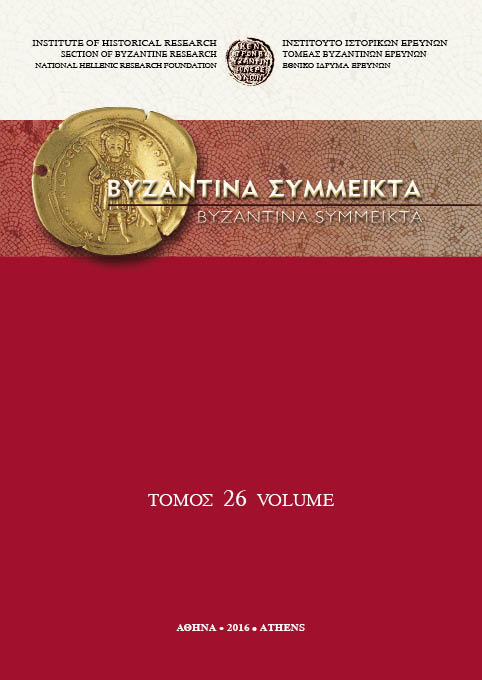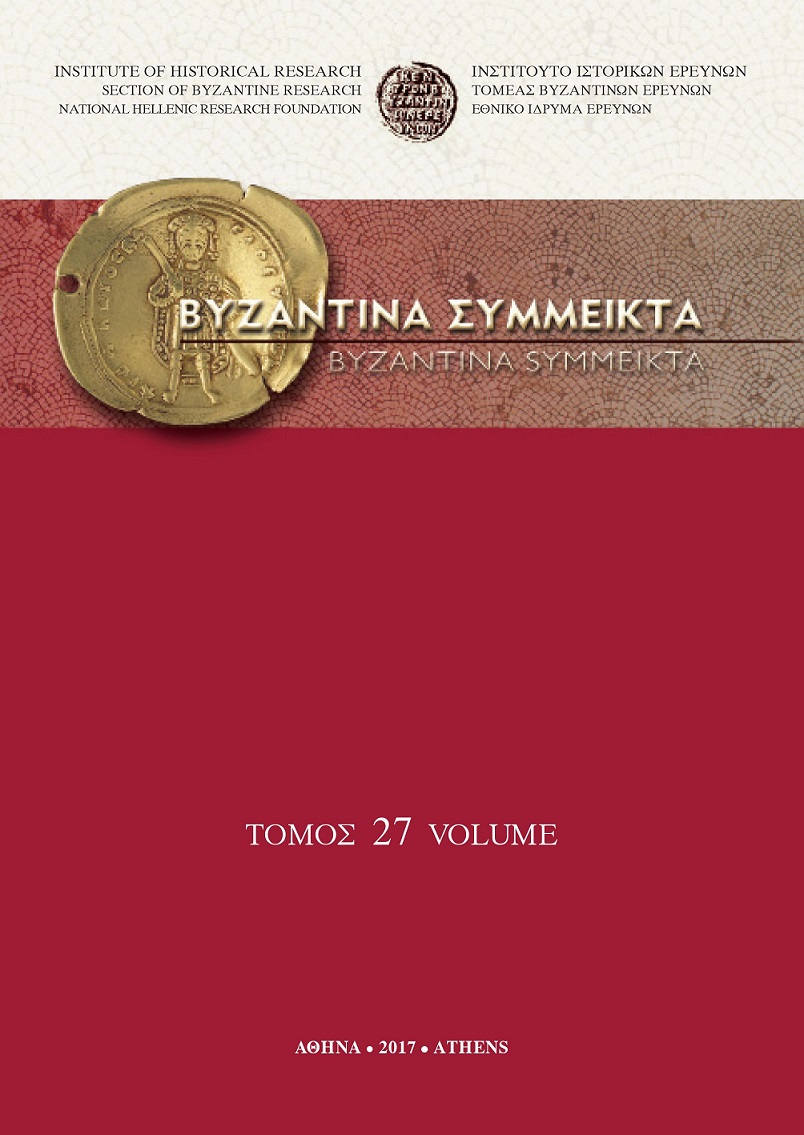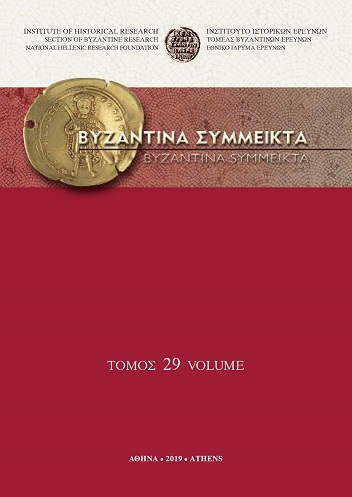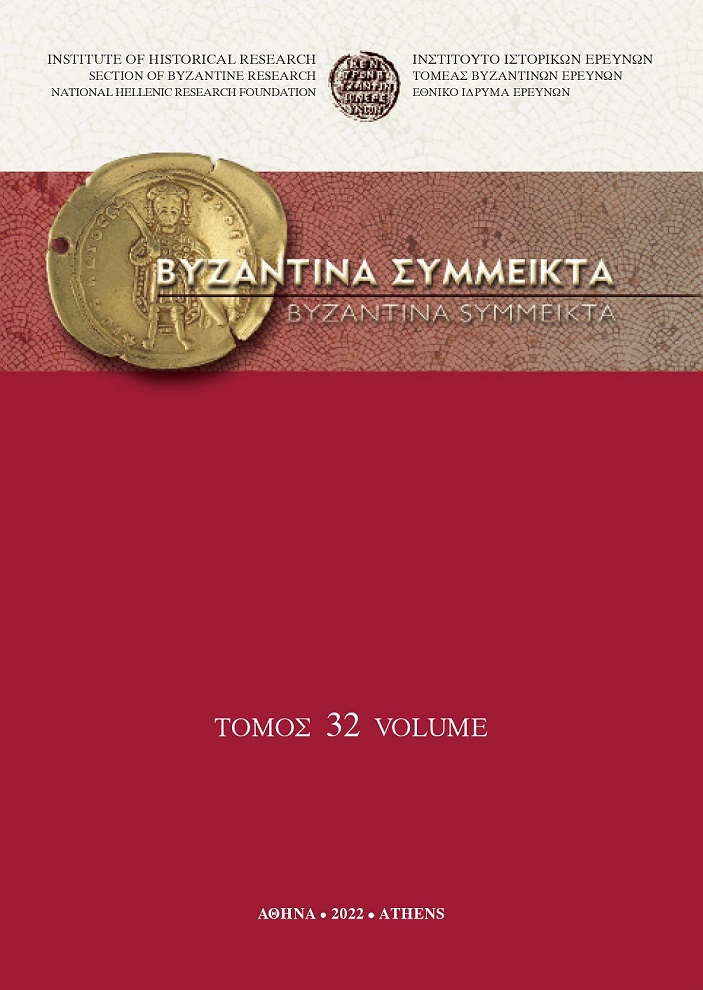Κωμική Λογοτεχνία και γέλιο τον 12ο αι. Η περίπτωση του Κωνσταντίνου Μανασσή
Abstract
Comic Literature and laughter in 12th century:
The case of Constantine Manasses
SUMMARY
The intriguing literary production of the 12th century comprises among others satires, parodies and works that include comic elements. This is due to several reasons, such as the cultural continuum of the past two centuries, the vivid interest of the literati in Aristophanes and Lucian, and the social placing of authors within the highly competitive society of the era. Within this framework, learned men of the Capital often turn to the genres (Lucianic dialogues, ψόγοι and the techniques (offensive language, literary metaphors) of the ancient comic literature and the rhetoric, in order to attack, mock or degrade certain individuals (rival grammarians, oppressive patrons) or specific groups that represent the “Other” (rustics, “Latins”). Occasionally, the reaction of laughter escorts the intention of the authors to ridicule their targets.
The present study takes into consideration the abovementioned frame and focuses on the comic elements that are to be traced in the work of orator and poet Constantine Manasses. Essentially, Manasses’ employ of the comic doesn’t deviate from the general practice of his contemporaries, as the author displays the same sense of superiority against other learned men, while showcasing a sentiment of aversion to people outside the capital. However, his attitude is considerably softer in comparison to other authors of this period, whereas his works are surprisingly devoid of any direct attack against learned competitors. In addition, laughter in Manasses, when it occurs, adds a lighthearted tone and doesn’t seem to conceal an intention for rebuke or stinging criticism. The possible reasons for Manasses’ stand are explored in this paper.
Article Details
- How to Cite
-
ΧΡΥΣΟΓΕΛΟΣ Κ. (2016). Κωμική Λογοτεχνία και γέλιο τον 12ο αι. Η περίπτωση του Κωνσταντίνου Μανασσή. Byzantina Symmeikta, 26(2), 141–161. https://doi.org/10.12681/byzsym.8602
- Issue
- BYZANTINA SYMMEIKTA 26
- Section
- Articles

This work is licensed under a Creative Commons Attribution-NonCommercial-ShareAlike 4.0 International License.
Copyright: The copyright for articles in this journal is retained by the author(s), with first publication rights granted to the journal. By virtue of their appearance in this open access journal, articles are free to use (with the exception of the non-granted right to make derivative works) with proper attribution for non-commercial uses (licence Creative Commons 4.0). NHRF retains the worldwide right to reproduce, display, distribute, and use articles published in BYZANTINA SYMMEIKTA in all formats and media, either separately or as part of collective works for the full term of copyright. This includes but is not limited to the right to publish articles in an issue of the Journal, copy and distribute individual reprints of the articles, authorize reproduction of articles in their entirety in another NHRF publication, and authorize reproduction and distribution of articles or abstracts thereof by means of computerized retrieval systems.







